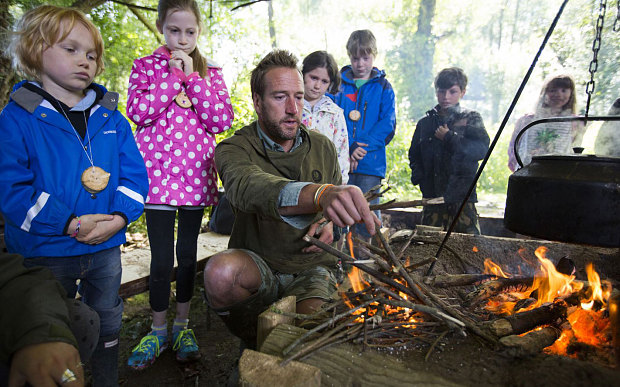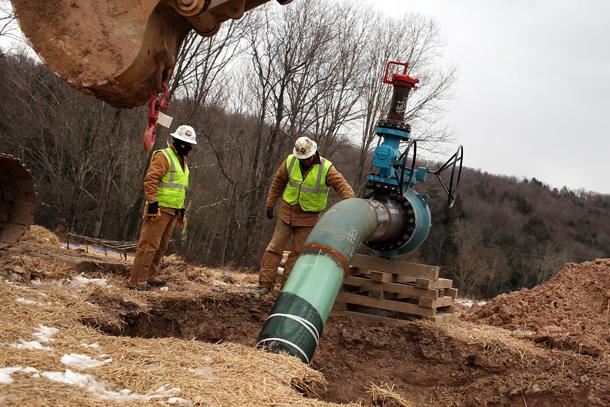
In our modern world, parenting is too often done in between rigidly scheduled activities and when children can be pried away from smart phones, laptops and video games. In the midst of all of that, how do you raise a self-reliant child?
The first step to raising a self-reliant child involves disconnecting from electronic devices and reconnecting as a family unit.
Learning is fun and should be presented as an exciting and challenging activity — not a tedious task which resembles homework. Parents should teach children basic survival and first aid skills – and summertime offers a perfect opportunity to do just that.
Parents and children are not attached at the hip, so we need to teach our kids how to protect themselves in an age-appropriate manner. A sense of maturity, the ability to not panic when faced with adversity, and an overall sense of responsibility do not suddenly materialize when little Timmy or Suzie Q turn 18.
No, those qualities must be instilled and nurtured over time. These five summertime activities can be infused with some educational objectives without making the kiddos roll their eyes, and can be used for homeschool extension activities and academic projects.
1. Planting a Seed
Growing your own groceries offers a wonderful opportunity to teach children about healthy eating, the environment, and the benefits of hard work. The child can chart the growth of their seeds, type of soil used, temperature pattern, and water usage to learn more about the growing process. Reinforce the farm-to-table educational activity by working in some history about farming in America and in your region. Toss in a little math and reading by having the children prepare part of the family meal using what they have grown — and be following a recipe. Cooking over both an open fire or camping cookstove, and a conventional indoor stove will help the child be more versatile with their food preparation and more prepared for existence in an off-the-grid or disaster survival situation. Teach the waste-not, want-not discipline by showing the child how to preserve what they grow by canning and dehydrating.
New Lantern Provides 100,000 Hours of Emergency Backup Lighting With No Open Flames
Toss in a little math and reading by having the children prepare part of the family meal using what they have grown — and be following a recipe. Cooking over both an open fire or camping cookstove, and a conventional indoor stove will help the child be more versatile with their food preparation and more prepared for existence in an off-the-grid or disaster survival situation. Teach the waste-not, want-not discipline by showing the child how to preserve what they grow by canning and dehydrating.
2. Raising Your Own Food
A child as young as 2 years old can begin learning how to care for the animals on the homestead. Assisting with feeding, milking, brushing and washing chores, even if done hand-over-hand, is a wonderful introduction to animal care. If you do not live on your dream farm or rural retreat just yet, then perhaps your child can join 4-H and raise one small livestock critter each year.
 Far too many children, and even some adults, think that meat magically appears at the grocery store and then lands on the dinner plate courtesy of good old mom. The daily chores associated with raising livestock teach responsibility, punctuality and genuine concern for other living things – both the animal in the stall or pen and the family which will go hungry if the livestock is not properly care for each and every single day.
Far too many children, and even some adults, think that meat magically appears at the grocery store and then lands on the dinner plate courtesy of good old mom. The daily chores associated with raising livestock teach responsibility, punctuality and genuine concern for other living things – both the animal in the stall or pen and the family which will go hungry if the livestock is not properly care for each and every single day.
3. A Hiking We Will Go
Go on a hike and teach the children not only how to find their way back home from multiple directions, but also how to identify the edible plants and berries growing in your region. Finding food in the forest would, of course, be a life-saving endeavor during a disaster situation, but tragedy does not need to strike before you taste the sweetness of wild berries or substitute edible plants for typically grocery store ingredients in dinner recipes.
4. Light My Fire
When a child is old enough to learn, teach him or her how to start a fire using both matches and flint, or by other survival means. When teaching the child how to cook over an open flame, discuss the importance of keeping a fire going while there is bad weather, and how to accomplish such a task when it is raining, snowing or windy. Make firestarters with the children.
The Secret To Starting Fires In Even The Most Extreme Conditions
Wrapping dryer lint in wax paper or soaking pine cones in melted candle scrap wax are great self-reliance and homesteading activities. These also make good Christmas gifts. Teaching children how to safely and thoroughly extinguish a fire is just as important as learning how to create a flame. Children who are too young to actually start a fire can help gather the proper type of rocks and kindling to help with the project.
5. Make a Shelter
Learning how to put up a tent and to make a shelter out of items in a survival bag or out of items found in nature will be both challenging and exciting. The shelter-making lessons could culminate in a campout for the children in the family and friends at the end of the summer. The youngsters could work alone or in groups to start a fire, cook a meal, and erect a shelter out of various objects. Such a get-together would give the kids a chance to show off what they have learned – and perhaps to teach other children, as well.
What skills would you add to this list? Share your thoughts in the section below:
Awaken Your Child’s Love Of History And Teach Them True Stories Of Freedom! Read More Here.










